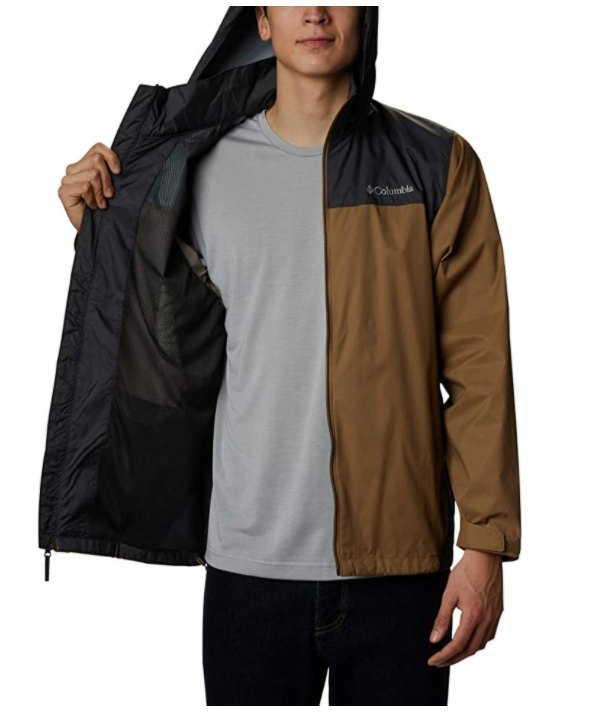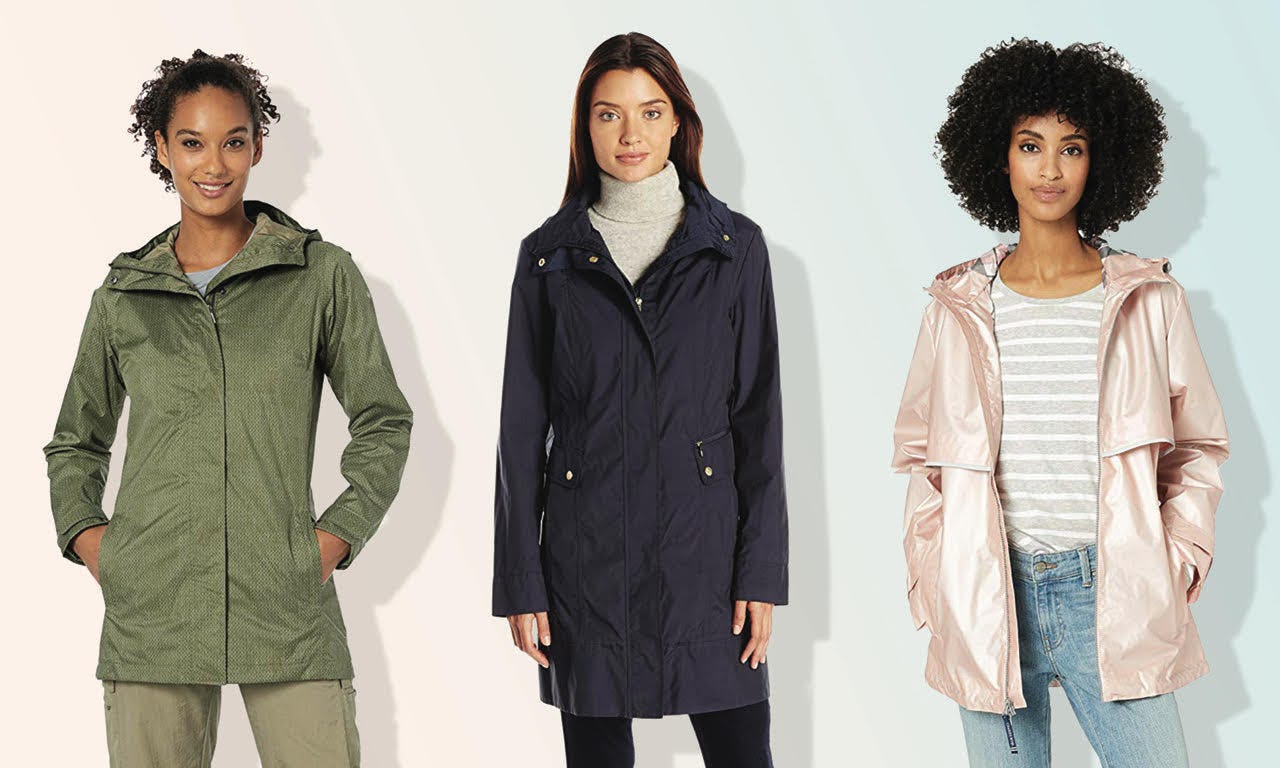

Discerning one technology from another can be difficult, in part because the technology is kept under lock and key, but also because the technology requires an understanding of terms like “phase change” and how things work on a molecular level. While the waterproof and breathable technologies are all generally related in the way they function, several brands have proprietary technologies, among them Gore-Tex, Polartec NeoShell, eVent, Schoeller and Dermizax NX.

The backer textile is a thin layer, usually gauze, that’s laminated to the back of the membrane, which eliminates the need for a liner. The inner membrane is a microporous fabric, typically made of ePTFE or Polyurethane that acts as the shell’s primary waterproof and breathable layer. The outer textile of most three-layer shells is made of a rugged nylon or polyester that’s coated with Durable Water Repellent (DWR). The new class of rain jacket is light enough, durable enough, breathable enough and waterproof enough to handle multi-day treks through misting rain as well as the inevitable deluge during commuting hours. Rain jacket technology keeps getting better too - today, companies are experimenting with new fabrics to make rain shells softer and more comfortable and adding stretch for increased mobility (and less of that trademark crinkly jacket sound).Style hasn’t fallen by the wayside either.

The advancements have allowed rain jackets to become lighter, more breathable, packable and no less rain-proof. Now, (thankfully) waterproofing happens at a molecular level with advanced membranes that keep water droplets out but let body vapor (think sweat) through. We live in a Golden Age of water-repellency before nylon shells and Gore-Tex membranes, humans devised hydrophobic clothing using vinyl, oiled canvas and, before that, cured seal and whale intestines.


 0 kommentar(er)
0 kommentar(er)
